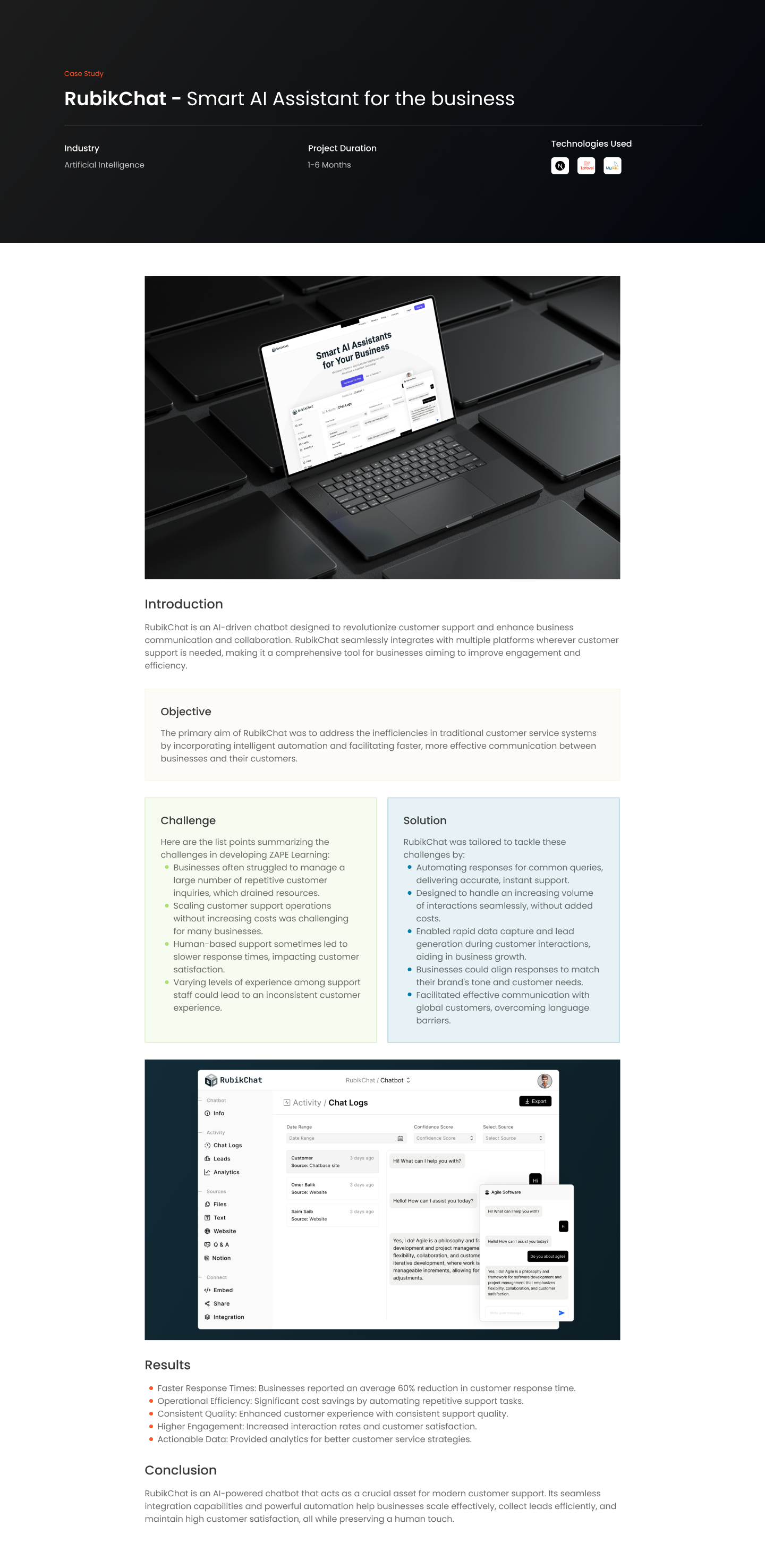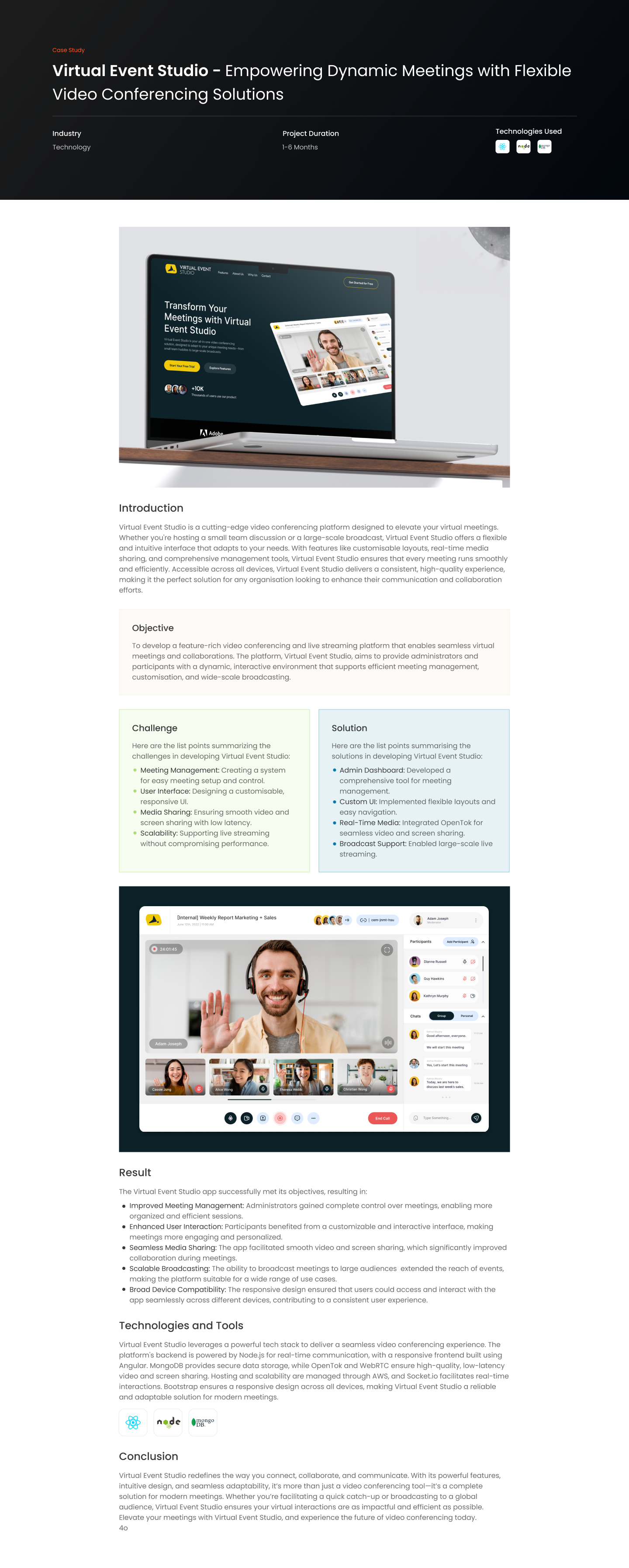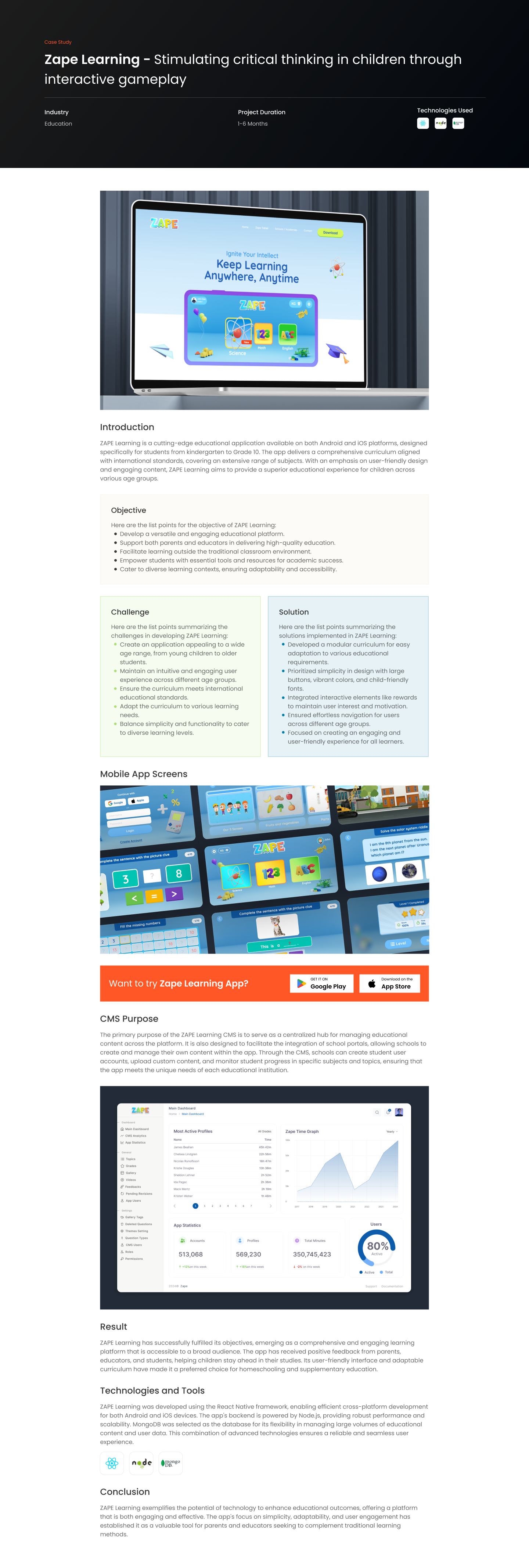Introduction
For those venturing into the world of software development, you much have come across the term ‘Agile Software Development’. In this blog, we’ll discuss the know-hows of this term.
Agile software development is a set of principles and practices that aim to deliver software products faster and with higher quality. Think of Agile as not just a software development approach, but a philosophy that can change how you look at problem-solving.
What is Agile Software Development?
Agile is a mindset, a culture, and a set of guiding values that prioritize “individuals and interactions” over processes and tools. In simpler words, it’s about being flexible, collaborative, and most importantly, quick in delivering value.
Imagine you’re building a house. Traditional methods would have you complete the entire house before showing it to the homeowner. Agile, on the other hand, would involve building one room, getting feedback, making adjustments, and then moving on to the next room.
The Agile Manifesto
The heart of Agile lies in its manifesto, which came into existence in 2001 when a group of software developers got together to find a better way to build software. The manifesto contains four key values:
- Individuals and Interactions over processes and tools
- Working Software over comprehensive documentation
- Customer Collaboration over contract negotiation
- Responding to Change over following a plan
These values create a framework for teams to operate in a more human-centric way, focusing on delivering real results rather than getting tangled in red tape.
Benefits of Going Agile
- Faster Delivery of Value: Agile methodologies prioritize delivering small, valuable chunks of functionality to customers in a continuous manner. This ensures that value is delivered faster and more efficiently.
- Higher Customer Satisfaction: By involving customers in the development process and being receptive to feedback, Agile leads to higher levels of customer satisfaction.
- Improved Quality: Agile’s focus on incremental development and frequent testing ensures higher quality and fewer defects in the end product.
- Adaptability: Agile frameworks are designed to adapt to changing requirements and environments, making it easier to keep the project aligned with customer needs.
- Team Morale and Collaboration: Agile environments emphasize teamwork and open communication, leading to improved team morale and better collaboration.
- Cost and Risk Mitigation: By breaking down the project into manageable units, Agile helps in reducing the costs and risks associated with development.
Challenges of Going Agile
- Commitment and Discipline: Agile requires a high level of commitment and discipline from all stakeholders, including the development team, management, and customers.
- Communication and Coordination: Effective implementation of Agile necessitates a high level of communication and coordination among team members.
- Trust and Empowerment: Agile relies on an environment where team members are trusted and empowered to make decisions, which can be a cultural shift for some organizations.
- Technical Skills and Tools: To make the most out of Agile, teams need to possess a high level of technical skills and have access to the right tools.
- Project Suitability: Agile is not a one-size-fits-all approach and may not be suitable for certain types of projects or organizational structures.
Popular Agile Frameworks
- Scrum: It’s like the Swiss Army knife of Agile. A Scrum team works in short cycles called ‘Sprints’ to deliver increments of work.
- Kanban: Imagine a board where tasks move from one column to the next as they get done. It’s visual, it’s straightforward, and it helps teams manage workflow.
- Extreme Programming (XP): This focuses on the technical excellence and promotes pair programming and continuous feedback.
A Few Myths Debunked
- Agile means no documentation: False! Agile values working software over comprehensive documentation. It doesn’t eliminate it.
- Agile is a silver bullet: No methodology can guarantee success; it’s how well you implement Agile that counts.
Closing Thoughts
Agile is more than just a buzzword; it’s a game-changer in the software development world and beyond. Whether you’re a developer, a project manager, or just someone intrigued by efficient ways of problem-solving, understanding Agile can equip you with skills that are applicable in many areas of life.
On the other hand, Agile is not a silver bullet or a one-size-fits-all solution. It is a mindset and a culture that requires continuous learning and improvement. It is also a journey that requires experimentation and adaptation. Therefore, it is important to understand what agile software development is, how it works, why it works, and when it works best for your project.











